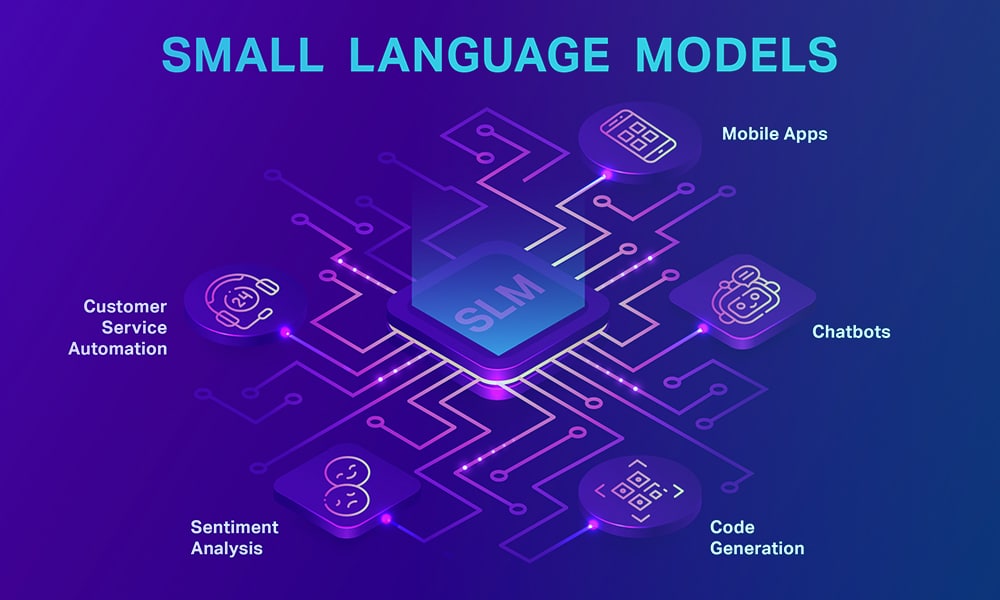Sourcing datasets for artificial intelligence (AI) modules from public/open and free resources are among the most common questions we get asked during our consultation sessions. The entrepreneurs, AI specialists, and techpreneurs have expressed that their budget is a primary concern when deciding where to source their AI training data.
Most entrepreneurs understand the importance of quality and contextual training data for their modules. They realize the difference that relevant data can bring to outcomes and results; however, in many cases, their budget restricts them from acquiring paid, outsourced, or 3rd party training data from reliable vendors and resort to their own efforts in sourcing data.
In this blog post, we will explore why you shouldn’t settle for public data resources to save money because of the consequences they will create.
Reliable Publicly Available AI Training Data Sources

However, if your business is new and not producing adequate data, or you fear there could be implicit bias in your data, try one or all three of the following public sources.
1. Google Dataset Search
Similar to how the Google Search Engine is a treasure trove of valuable information, Google Dataset Search is a resource for datasets. If you have used Google Scholar before, understand that its functioning is almost similar, where you can search for your preferred datasets based on keywords.
Google Data Search allows users to filter through their datasets by topic, download format, last update, and other parameters to include only relevant information. The results include datasets from personal pages, online libraries, publishers, and more. The results provide a detailed summary of each dataset, including the owner, download links, description, publication date, etc.
2. UCI ML Repository
The UCI ML Repository features over 497 datasets readily available to search through and download for free provided and maintained by the University of California. The repository offers a range of information regarding:
- Number of lines
- Missing values
- Attribute information
- Source information
- Collection information
- Citations of studies
- Dataset characteristics and more
3. Kaggle Datasets

Kaggle is home to over 19,000 public datasets and over 200,000 open-source Jupyter Notebooks. You can also get your questions resolved on machine learning through the community forum.
When you select your preferred dataset, Kaggle instantly provides the usability rating, licensing details, metadata, usage statistics, and more. The dataset pages are designed to be quickly scanned, giving a brief overview of the formats, usability and answer any broad questions about the dataset.
The Pros and Cons of Public Datasets
The Pros
The foremost advantage of using public datasets is that they are free. They are easily accessed online, and you can download and apply them to your projects. While they can be helpful to test your modules and optimize them for accurate results, public databases aren’t a long-term solution. If you have limited time to market and desperately need AI training data, public datasets would be your most ideal choice.
However, there are more cons than outweigh the benefits. Let’s look at the disadvantages of using public datasets:
The Cons
- It is challenging to find a relevant dataset for your project. Meaning, if your market segment is too niche or new, the chances are unlikely that you will find up-to-date and contextual data that could train your AI models.
- Experts or your in-house teams still must annotate the datasets from public resources to be used for your project.
- There are tons of concerns around licensing and usage rights, limiting the dataset’s usage for commercial purposes.
- Because they are open-source and available for anyone, you have no competitive advantage or an edge with your AI projects.
Free Datasets Can Be Useful but are Limited
Producing the most accurate, bias-free, and relevant AI results can’t be accomplished with only free resources. Like we mentioned, getting started with public datasets can be beneficial. However, if you plan to maximize profits and scale your business, free data isn’t a realistic solution. Instead, you need the most relevant and suitable data possible, customized specifically for your projects.
Finding constructive datasets built for long-term success can only be done by experts like Shaip. We source the most impeccable quality data for your project while also taking care of data annotations and labeling requirements. So, regardless of your time to market, you can rely on us for quality AI training data.
Get in touch with us today.









